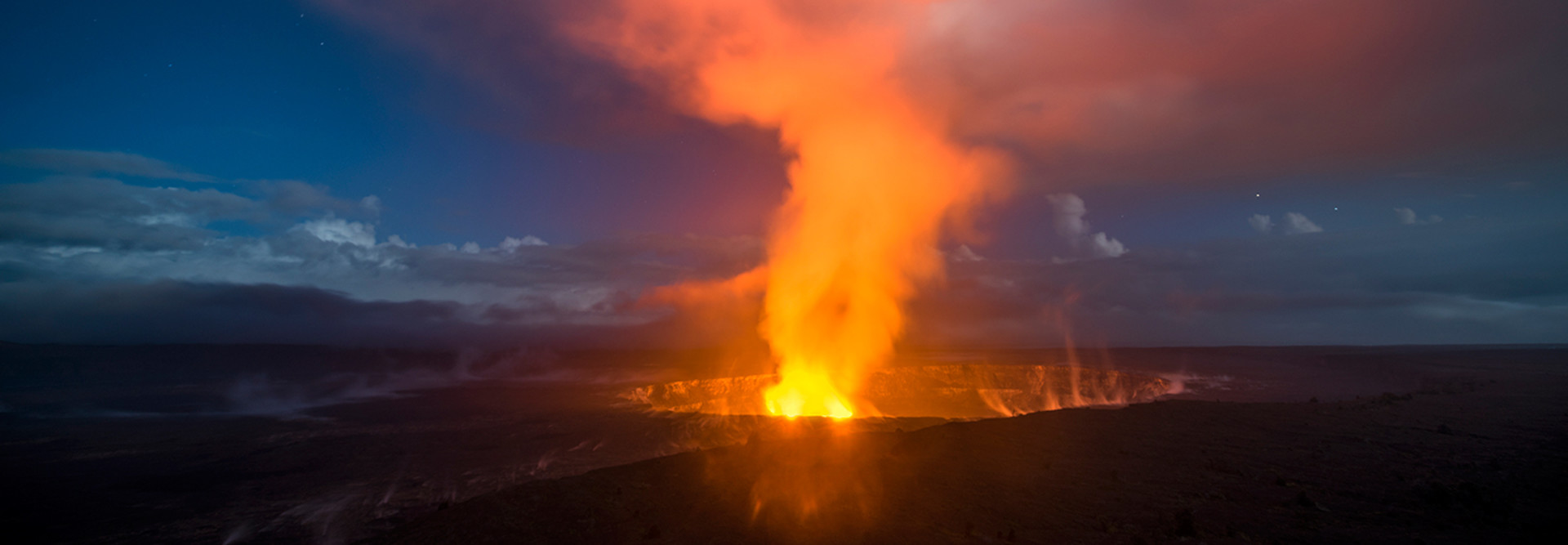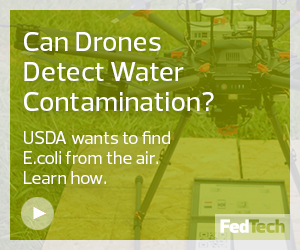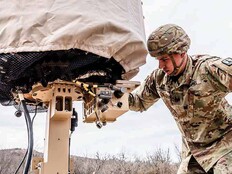“We’ve invested all this money and all this time in getting them there and getting them ready to go and it wasn’t the job they thought they were going to have. That’s a problem,” says Janet Stevens, the CIO at FSIS.
FSIS turned to an unusual method for screening out people who wouldn’t be a good fit: virtual reality. Cobbling together GoPro cameras, Android phones and homegrown software (“We didn’t have a lot of money,” Stevens says), the agency shot a short video inside a food processing plant so that prospective employees could get an accurate picture of what to expect.
“You can look up, you can look down, you can see the environment you’re going to work in. You’ve got to know that you can work 12 hours in an environment like this,” she says.
The agency found that they could eliminate 20 to 25 percent of applicants immediately just by showing them the video. “And that’s OK! That’s the right decision to be made before we or they get invested,” Stevens says.
And those who stuck with the process after seeing the video did stay longer, were more successful on their first day because they had a better idea of what to expect and were more satisfied in the long run, she says. “It’s a good-news story.”
DOWNLOAD: Find out how your agency can achieve digital transformation in this CDW Insight Report!
Interior Turns to Drones to Monitor Volcanic Eruptions
When the Kilauea volcano erupted on Hawaii’s Big Island in May, Interior Department scientists thought that drones would help them better watch the lava flow and its impact on the surrounding neighborhoods. The plan worked beyond anything they’d expected; the drones were able to go places unreachable by or unsafe for humans.
Drones gave the scientists details on which direction the lava was flowing and how fast it was going, information critical to the first responders who were battling the resulting flames and the residents who needed to know when to evacuate.
They provided high-resolution imagery of the volcano’s summit, whose shape changed with every new eruption and earthquake, and they enabled scientists to gather data on the noxious gases expelled during the eruption and the potential health impact on residents.
Richard Thurau, a remote sensing specialist for the Interior Department, discusses how the agency uses drones.
“It became the most intensely monitored volcanic eruption in history,” says Richard Thurau, remote sensing specialist in Interior’s Office of Aviation Services.
There were limitations: Battery life limited the length of flights, and command and control frequencies didn’t always reach as far as the scientists wanted to fly. And drones can’t fly in windy or rainy conditions. “Of course, it was an island, so we dealt with a lot of rain,” Thurau says.
The Interior Department is using drones in similar ways to monitor wildfires, he says.
MORE FROM FEDTECH: Find out how your agency can benefit from augmented and virtual reality!
USCIS' Virtual Assistant Emma Helps Immigrants
For three years, a virtual assistant named Emma has been answering questions from people who need information from U.S. Citizenship and Immigration Services. Rather than searching the agency’s 13,000 web pages, a user can type a question into a box, and Emma provides an answer in English or Spanish.
She takes about 12 million questions a year — close to the 15 million calls that the USCIS contact centers get — and her “I don’t know” rate is about 6 to 8 percent of questions, says Mariela Melero, chief of the USCIS Office of Citizenship and Applicant Information Services.
But it’s time for Emma (named for poet Emma Lazarus, who wrote the poem featuring the famous words “Give me your tired, your poor/ Your huddled masses yearning to breathe free”) to do even more. As USCIS complies with a mandate to increase the number of immigration-related interviews at its local offices, it may need to cut back on other services offered at those locations, Melero says.
The goal is for Emma to take care of some of those services — helping people find out the status of their cases, for example, or giving answers to more complex questions rather than just guiding people to the proper pages of the USCIS website.
“When we started this journey, in the government space, there was not a lot going on,” Melero says, “and today there has been an explosion of discussions and opportunities. This is just a ripe time.”
Read more articles and check out videos from FedTech’s coverage of Imagine Nation ELC 2018 here.











